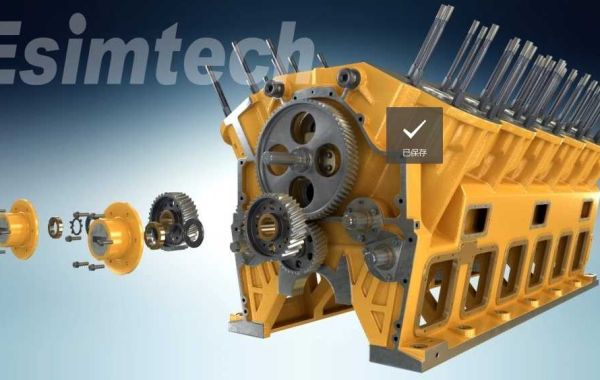What is Device Virtual Assembly?
Device virtual assembly is a technology that allows engineers to simulate the assembly of complex devices in a virtual environment. This technology enables the identification and resolution of potential assembly issues before physical prototypes are created.
The Role of IoT and Big Data
IoT devices, such as sensors and actuators, can collect vast amounts of data from oil and gas operations. This data, when combined with virtual assembly technology, can provide valuable insights into equipment performance, maintenance needs, and potential failures.
Big data analytics can process and analyze this data to identify patterns and trends, enabling predictive maintenance and optimized operations.
Integrating the Technologies
By integrating device virtual assembly with IoT and big data, oil and gas companies can achieve the following benefits:
Predictive Maintenance:
IoT sensors can monitor the performance of equipment in real-time, detecting anomalies and predicting potential failures.
Virtual assembly simulations can be used to identify the root causes of these failures and develop preventive maintenance strategies.
Optimized Assembly Processes:
By analyzing data from IoT sensors and historical assembly data, virtual assembly simulations can be used to optimize assembly sequences, reduce assembly time, and minimize errors.
Virtual reality (VR) and augmented reality (AR) can be used to guide technicians through assembly procedures, reducing the risk of human error.
Enhanced Safety:
Virtual assembly simulations can identify potential safety hazards, such as ergonomic risks and collision hazards, before physical assembly begins.
IoT sensors can monitor worker safety parameters, such as exposure to hazardous substances and noise levels, and alert supervisors to potential risks.
Improved Decision-Making:
By combining data from IoT sensors, virtual assembly simulations, and historical data, companies can make more informed decisions about equipment maintenance, asset management, and operational strategies.
Challenges and Considerations
While the integration of device virtual assembly, IoT, and big data offers significant benefits, there are also challenges to consider:
Data Quality and Security: Ensuring the accuracy, reliability, and security of data collected from IoT devices is crucial.
Computational Power and Storage: Processing and analyzing large volumes of data requires significant computational power and storage capacity.
Skillset and Expertise: Companies need to invest in training and development to acquire the necessary skills to effectively utilize these technologies.
By addressing these challenges and leveraging the power of these technologies, the oil and gas industry can achieve greater efficiency, safety, and sustainability.







